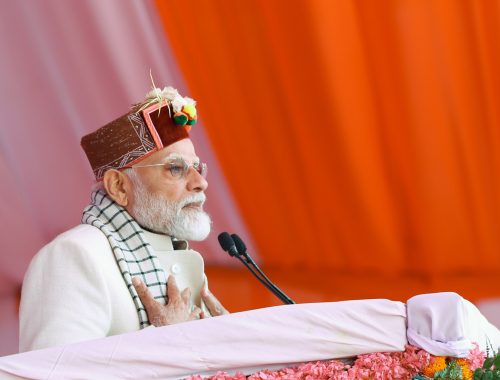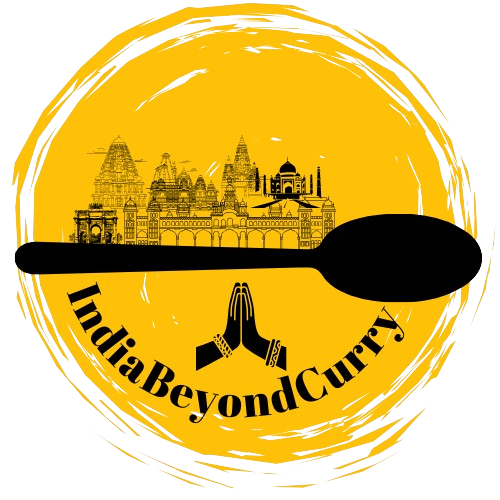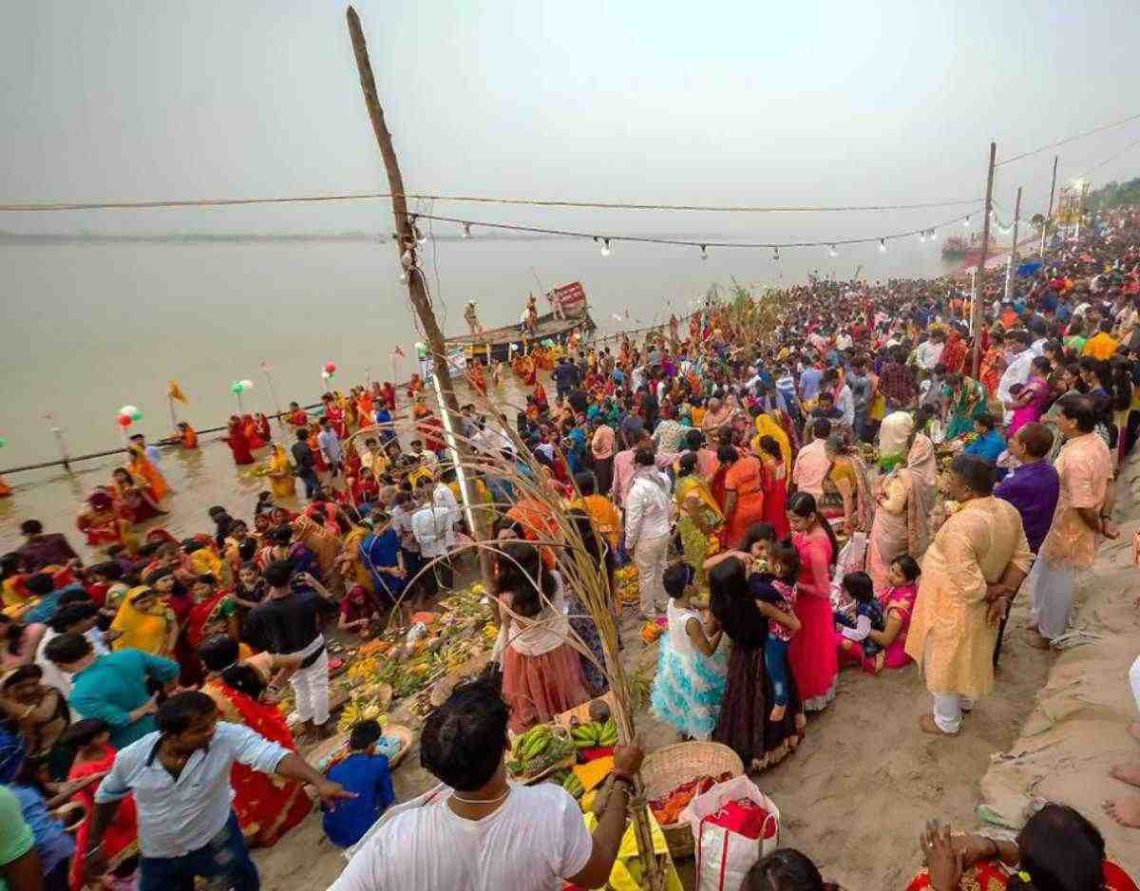
Chhath Puja 2025: Rivers, Rituals & the Sunrise That Connects Generations
Chhath Puja is one of the oldest and most unique festivals of India. It is dedicated to Surya, the Sun God, and Chhathi Maiya, the goddess believed to protect children and nature. Unlike most festivals, Chhath Puja has no idol worship. Instead, devotees gather at riverbanks and water bodies to offer prayers directly to the setting and rising sun.
Celebrated with deep faith in Bihar, Jharkhand, eastern Uttar Pradesh, and parts of Nepal, the festival is marked by purity, discipline, and connection with nature. In 2025, Chhath Puja will once again bring families, communities, and generations together at sunrise and sunset.
Chhath Puja 2025 Dates
Chhath Puja is a four-day festival that usually falls in October or November, after Diwali. In 2025, it will be observed from October 25 to October 28.
- Day 1 – Nahay Khay: October 25
- Day 2 – Kharna: October 26
- Day 3 – Sandhya Arghya (Evening Offering): October 27
- Day 4 – Usha Arghya (Morning Offering): October 28
The main rituals of offering prayers to the sun happen on the evening of October 27 and the morning of October 28.
The Four Days of Chhath Puja
Day 1 – Nahay Khay
The festival begins with a ritual bath in a river or water body. Devotees clean their homes and prepare a simple vegetarian meal, often made in earthen pots. This day sets the tone of purity and discipline.
Day 2 – Kharna
On this day, devotees observe a day-long fast without food or water. In the evening, they break the fast with a special meal of kheer, roti, and fruits, which is shared as prasad with family and neighbors.
Day 3 – Sandhya Arghya
This is the most important evening ritual. Devotees, dressed in traditional attire, gather at riverbanks or ponds with bamboo baskets filled with fruits, sugarcane, and thekua (a special sweet). Standing in water, they offer arghya to the setting sun with folded hands, singing devotional folk songs.
Day 4 – Usha Arghya
The final morning sees the most powerful moment of Chhath Puja. Before sunrise, devotees assemble once again at the ghats. As the first rays of the sun appear, they offer water, fruits, and prayers to the rising sun, marking the end of the fast. After this, the devotees break their fast, known as parana, with family and friends.
Rivers, Ghats & the Spirit of the Festival
Chhath Puja is deeply tied to rivers and natural water bodies. The Ganga ghats in Patna, Varanasi, and Haridwar witness massive gatherings during the festival. In smaller towns, devotees use local ponds, lakes, or canals.
In cities where rivers are far away, temporary water tanks and artificial ghats are set up so people can continue the tradition. The sight of families standing waist-deep in water with baskets in hand, offering prayers at sunrise and sunset, creates one of the most spiritual and moving images in Indian culture.
Chhat Puja: Beliefs and Symbolism
The word “Chhath” means “sixth,” as the festival is observed on the sixth day of the bright half of Kartik month in the Hindu calendar.
According to legends, Chhathi Maiya blesses families with children and well-being. Another belief links the festival to the Mahabharata, where Draupadi and the Pandavas worshipped the Sun for solutions to their problems.
The festival symbolizes:
- Gratitude to the Sun as the source of life and energy.
- Purity, through rituals of bathing, fasting, and standing in natural water.
- Intergenerational bonds, as elders teach younger members how to perform the rituals.
Chhath in Modern Times
Today, Chhath Puja is celebrated far beyond Bihar and eastern India. Migrant communities in Delhi, Mumbai, and even abroad observe the rituals with equal devotion. Cities now create artificial ghats, and campaigns encourage eco-friendly practices like using clay diyas and avoiding plastic.
There are also efforts to get Chhath recognized by UNESCO as part of the world’s cultural heritage, highlighting its global importance.
How to Experience Chhath Puja
For travelers or those curious to witness Chhath Puja in 2025:
- Best places to go: Patna’s Ganga ghats, Varanasi, or major ghats in Bihar and Jharkhand.
- When to visit: The evening of October 27 and early morning of October 28.
- What to expect: Large gatherings, devotional songs, colorful offerings, and a deeply spiritual atmosphere.
- Tips: Dress modestly, respect the sanctity of the rituals, avoid littering, and arrive early to get a good view.
Takeaway
Chhath Puja is more than just a festival. It is a celebration of nature, family bonds, and gratitude. In 2025, as the sun sets and rises over rivers and lakes, millions of people will once again connect with traditions passed down through generations.
Standing together at sunrise, hands folded in prayer, the community experiences a sense of unity and purity that is timeless; making Chhath Puja one of the most moving and soulful festivals of India.
Frequently Asked Questions (FAQs)
Why is Chhath Puja celebrated?
It is celebrated to thank the Sun God for sustaining life and to seek blessings for health, prosperity, and children.
Do devotees really fast without water?
Yes. On the third day, many devotees observe a strict fast without food or water until the morning rituals on the fourth day.
What foods are offered during Chhath?
Thekua, fruits like bananas and coconuts, sugarcane, rice-based dishes, and jaggery sweets.
Can Chhath be celebrated without a river?
Yes. Many families perform it at ponds, lakes, or artificial water tanks if rivers are not nearby.
(Featured image taken from tourism.bihar.gov.in)
Khushi Jha
I am Khushi Jha, a proud alumna of Delhi University with a degree in History and Political Science. My fascination with the events that have shaped our world drives me every day. Currently, I am pursuing my Master’s in History, diving even deeper into global dynamics and the incredible heritage of India. I firmly believe that India's rich heritage deserves wider recognition. I strive to bring its stories to the forefront, ensuring they are celebrated and acknowledged on a global stage. I have written extensively across various niches, including fashion, health, lifestyle, real estate, hospitality, amongst others. In my free time, you’ll find me immersed in books, both fiction and non-fiction, or simply enjoying some much-needed rest.
You May Also Like
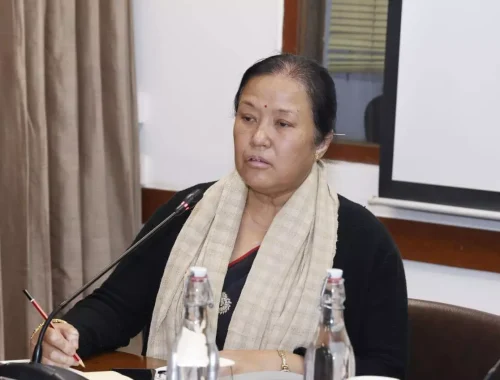
Ligiripukhuri in Assam: Why This Ahom-Era Pond Must Be Saved
September 10, 2025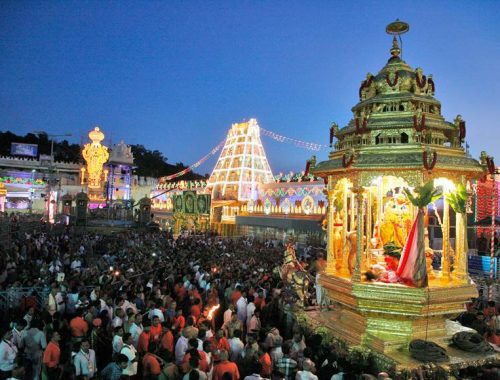
Tirumala July 2025 Festival Guide: Rituals, Darshan Timings, Travel Tips, and Nearby Places
June 28, 2025